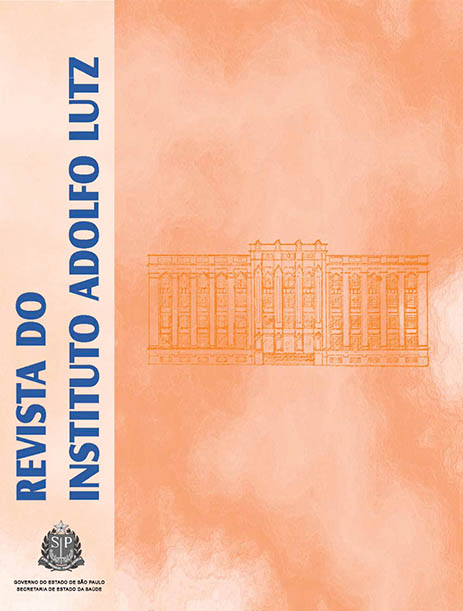Chemical composition and antibacterial activity of essential oils from Cymbopogon winterianus (citronella), Eucalyptus paniculata (eucalyptus) and Lavandula angustifolia (lavender)
Keywords:
volatile oils, antimicrobials, natural products, medicinal plants
Abstract
The chemical composition of essential oils derived from three medicinal plant species growing in the South of Brazil: Cymbopogon winterianus (citronella), Eucalyptus paniculata (eucalyptus), and Lavandula angustifolia (lavender) was determined, and their antimicrobial activities were evaluated against 11 bacterial species, including those related to foodborne and human pathogens. The essential oils were obtained by steam distillation, and its chemical composition was analyzed by GC and GC/MS. Antimicrobial activity was screened by disc-diffusion assay. MIC and MBC of the sensitive strains were determined by microdilution methodology. The main components of lavender and citronella essential oils were the oxygenated monoterpenes, and the monoterpene hydrocarbons in eucalyptus oil. Citronella oil showed the lowest MIC and MBC values on the majority of the tested bacteria, and the MIC and MBC values against Yersinia enterocolitica were of 0.075 and 0.31 mg/mL, respectively. The lavender oil was active against Escherichia coli and Salmonella Typhimurium, and the eucalyptus inhibited the growth of Pseudomonas aeruginosa. This study showed that the evaluated essential oils might be potentially used as natural antimicrobial agents.
Published
2012-03-01
How to Cite
Silveira, S. M. da, Cunha Júnior, A., Scheuermann, G. N., Secchi, F. L., Verruck, S., Krohn, M., & Vieira, C. R. W. (2012). Chemical composition and antibacterial activity of essential oils from Cymbopogon winterianus (citronella), Eucalyptus paniculata (eucalyptus) and Lavandula angustifolia (lavender). Revista Do Instituto Adolfo Lutz, 71(3), 471-480. Retrieved from https://periodicoshomolog.saude.sp.gov.br/index.php/RIAL/article/view/32453
Issue
Section
ORIGINAL ARTICLE










